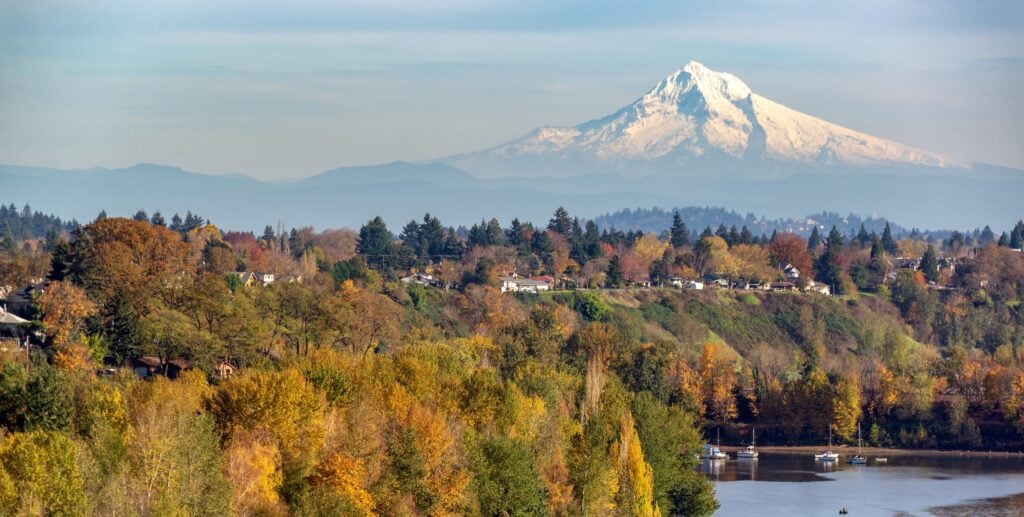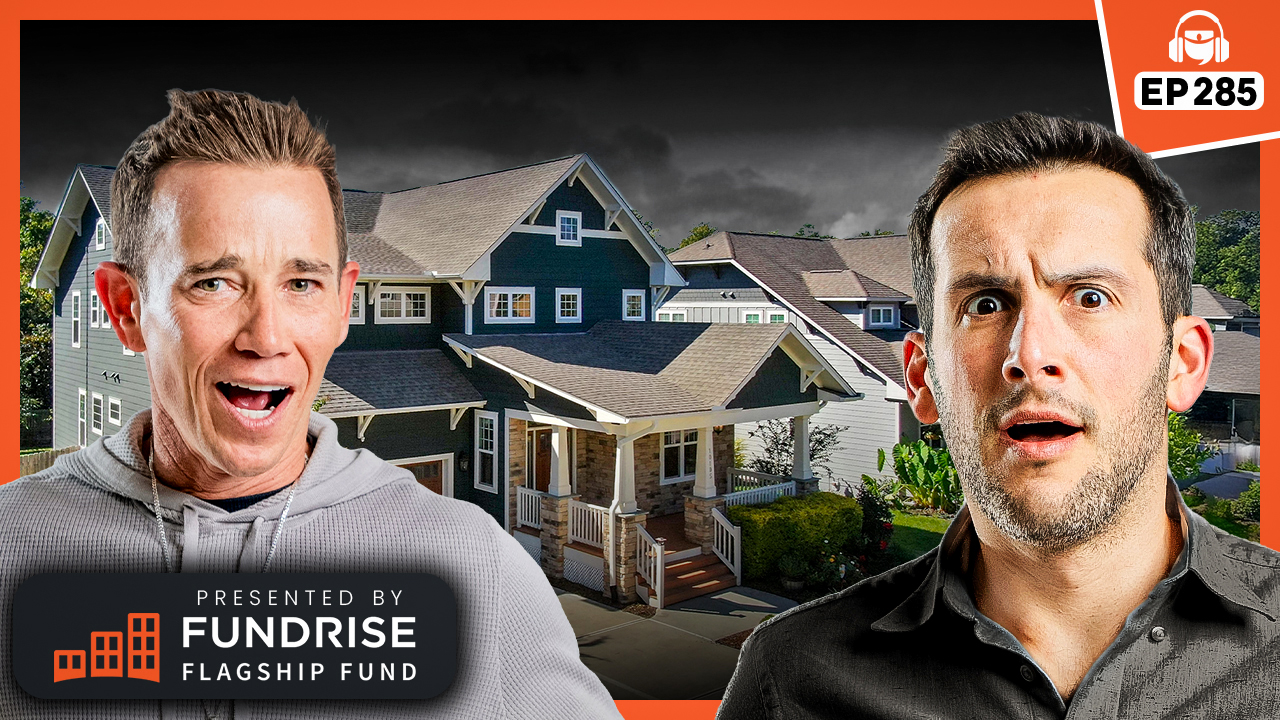Home insurance prices continue to rise and could increase by another 6% this year after already rising nearly 20% in the last two years, according to one estimate. A combination of inflation and extreme weather events in some states has fueled the jump in prices, with the average annual rate increasing 19.8% between 2021 and 2023, a report from Insurify found.
The insurance comparison site estimates that prices will rise 6% to an average of $2,522 by the end of 2024 and could increase further in 2025 if the hurricane season is as bad as NOAA projections say it will be.
Where Insurance Costs Are Increasing the Most
Insurance rates aren’t the same across the board. Some factors are individual, like the size and age of the home, as well as claims history. Other impacts include where your home is located and how likely it is to be damaged.
Due to these various factors, not everyone will see their premiums increase this year. States more prone to climate catastrophes, such as flooding and wildfires, are more likely to see an increase in rates. Other states, like California, will only see a slight increase due to state regulations limiting how much rates can rise in a given year.
Louisiana, for example, is expected to have the biggest increase in rates due to hurricane damage. Meanwhile, rates are catching up in Maine, which has seen an increase in the sea level and subsequent flooding and coastal damage. Florida is also likely to see an increase in prices, although it already has some of the most expensive insurance in the country, with homeowners paying an average of $10,996 a year for coverage.
Here’s a look at the top 10 states where homeowners are bearing the brunt of increased insurance costs.
Why Insurance Costs Are Rising So Much
States with high insurance costs tend to be prone to extreme weather events. And with climate change increasing, some project that those weather events will get even more extreme in the future—which means homeowners in these prone areas are likely to be hit with large premiums.
According to a study from Realtor.com, nearly half of all homes in the U.S. are at risk from climate change. Many coastal states are in areas of relatively high risk of natural disasters, according to FEMA’s National Risk Index. Meanwhile, wildfires have become a growing risk in various areas across the country, with the damage they cause costing an estimated $394 billion to $893 billion annually.
Building repair costs have also increased since inflation has caused construction material costs to skyrocket in recent years. That means insurers have to pay more when a homeowner makes a claim—a cost that’s passed on when they increase premium rates.
Even reinsurance (basically insurance for insurers) has risen, further increasing prices, especially in areas prone to disasters like Florida. Some insurers (and reinsurers) have left areas they have deemed too high risk. According to Insurify, the number of available home insurance policies decreased by 35% in 2023.
As climate change increases, homes not in catastrophic weather areas could still see a lot of damage from events like large hailstorms and severe thunderstorms. But 60% of homeowners forgo flood insurance, according to a February 2024 Insurify study, and standard insurance doesn’t pay for flooding.
What Increased Insurance Costs Mean for Investors
As climate change becomes more of a factor, it will not only cause an increase in insurance premiums, but it could affect the value of homes. According to Insurify, around 25% of homeowners feel like climate change has affected the value of their homes. Meanwhile, a Congressional report found that climate-exacerbated wildfires could diminish total real estate values by as much as $337.5 billion annually.
“Climate risk is a big deal,” Realtor.com economist Jiayi Xu said in a statement. “It can impact home values, insurance costs, and the overall stability of a housing market.”
Even homes that aren’t hit directly by extreme weather events are being impacted by rising insurance premiums, which only increases the cost of homeownership.
And it’s not just single-family homes being hit. Insurance for commercial real estate has also skyrocketed, which may be contributing to a slowdown in deals, as unpredictable insurance costs can impact an owner’s ability to underwrite a deal, Danielle Lombardo, managing director of insurance service provider WTW, told Pere News.
In other words, with an increase in natural disasters, real estate investors with properties across the board will need to pay closer attention to the climate and its potential impact on not just insurance prices but the overall prices of doing business.
Ready to succeed in real estate investing? Create a free BiggerPockets account to learn about investment strategies; ask questions and get answers from our community of +2 million members; connect with investor-friendly agents; and so much more.
Note By BiggerPockets: These are opinions written by the author and do not necessarily represent the opinions of BiggerPockets.


















%20(2)%20(1).jpg)


Discussion about this post